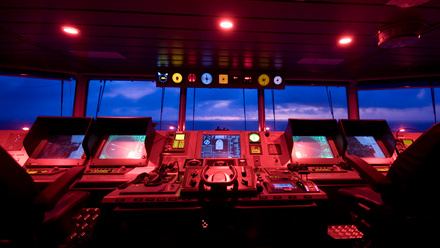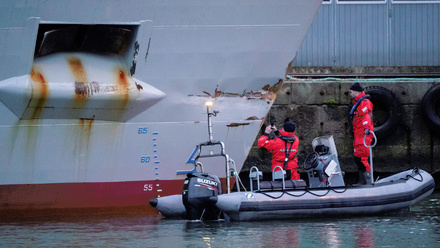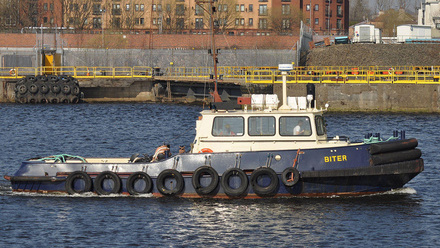Company seeks to improve safety of pilot boats
New technology from Zelim to help recovery of man overboard incidents
Following Milford Haven Port Authority's trial retrofit of its 19m Picton pilot boat in 2024, Zelim's SWIFT man-overboard recovery conveyor is part of the company's consolidation and expansion plans this year.
CEO Sam Mayall explains that Zelim was founded in 2017 after a couple of friends had died at sea. “It was very difficult to rescue them, firstly because it is extremely difficult to find a person in the water and secondly, if you are lucky enough to find them, it’s very difficult to get them out of the water,” he says. “All the while the rescuer is exposed to risk. That led us to the 'eureka moment', if you like, in that there must be a better way of doing this – which is where the idea of the unmanned rescue came in – using unmanned vessel technology and coupling it with a conveyor to recover people without human intervention, and then an AI detection solution to detect and track people in the water.”
Mayall says that one of the most fundamental challenges with search and rescue is to find people in that situation speedily. In the pilot boat world, there are a number of ‘man overboards’ every year, some of which unfortunately result in fatalities: “The reality of the situation is that pilot transfers can be a very dangerous thing to do. You are stepping from one moving platform to another. In particular, in heavy weather, that is challenging.”
One of the main issues is pilot ladders, which are sometimes not being rigged in accordance with regulations. “If a pilot falls in the water, which does happen, the critical point is then you need to get them out of the water very quickly,” explains Mayall.
Decisive action needed
Current recovery systems attached to a vessel can create additional risk during a rescue operation. When a vessel is pitching and rolling, the recovery system may move violently, which presents a “nightmare scenario” during rescue. However, because SWIFT is on a pivot, it floats, moving up and down the swell, to create a safe rescue zone without the risk of being struck on the head.
“Because SWIFT floats in the water and is attached to the back of the vessel, it is, in effect, motion compensated. It moves at the same level as the person in the water. From the trials we've done so far, it's at least 20 times faster than existing solutions. When you look at the statistics and the unfortunate reality of what happens in colder water, 80% of deaths occur in the first 30 minutes. What you need is a very quick, robust and simple solution, and that is what SWIFT provides,” Mayall states.
The system has been installed on several boats so far, including a heavy weather pilot vessel at Milford Haven, which have been doing extensive trials with Zelim for the past couple of months.
Mayall says that it has taken around two and a half years for the technology to reach where it is today: “We have carried out lots of tests and thousands of rescues. It is now fully ISO-certified (ISO 19898) and has been fully environmentally tested (including heat and vibration) for Lloyd's Register approval.”
Zelim is now looking to spread its wings and expand overseas. “We are setting up operations in the States,” concludes Mayall. “We have an office in the States and our first employee, a former USCG Commander. We also have projects going on in Canada, South America and the Middle East. We are also looking further afield to locations such as Singapore and Australasia.”
Tell us what you think about this article by joining the discussion on IMarEST Connect.
Image: onboard training on safety equipment; credit: Zelim.






